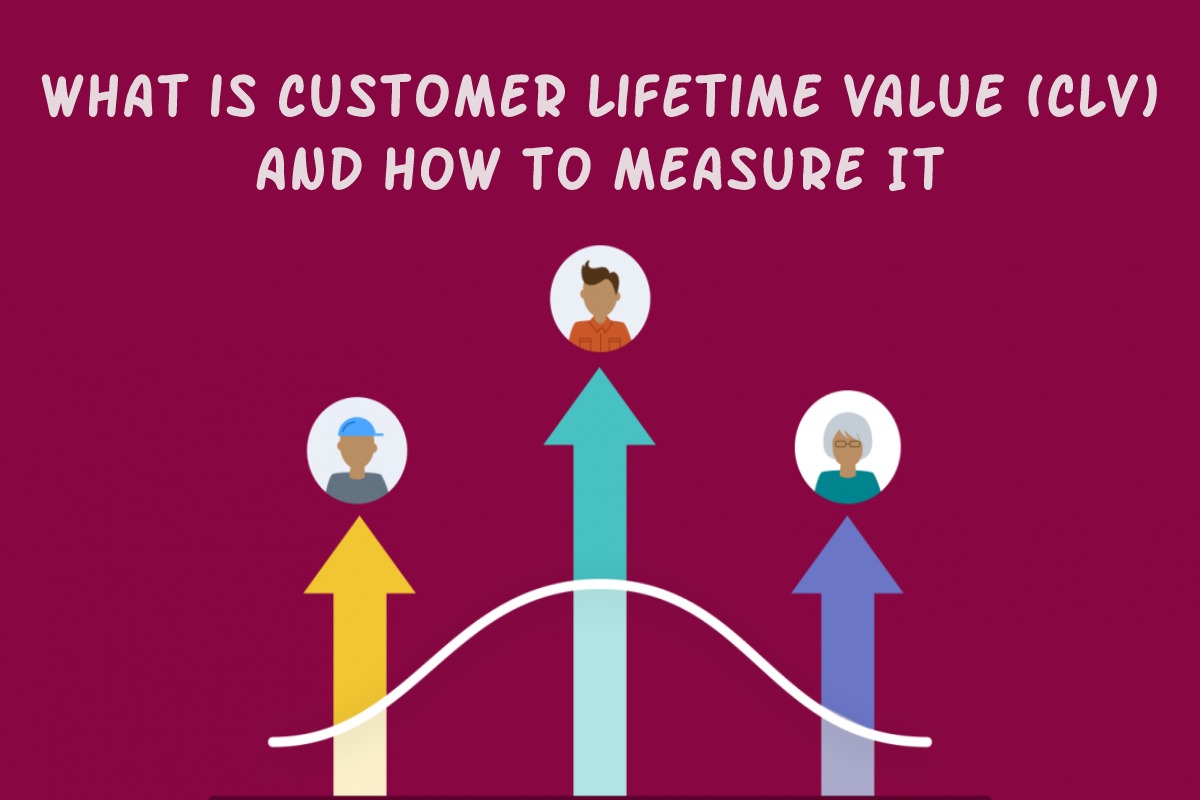Customer lifetime value (CLV) is the total worth of a customer to a business over a certain period of time. In other words, it is a measure of the overall income a business owner can expect from a customer for the entire period he or she will remain active. It is an important measuring factor because it is more expensive to acquire a new customer compared to maintaining the existing ones.
Understanding the customer lifetime value helps you to come up with strategies to acquire new customers as well as retain the current ones while at the same time maintaining your profit margins.
When calculating CVL, it is important to consider the average amount of revenue generated by an individual customer as well as the total average profit. Each one of these offers valuable insights with regard to how customers interact with products or services. It also helps you to know whether your marketing plan is working or not.
Table of Contents
How much does each customer cost you?
Customer lifetime value is closely related to another vital metric known as customer acquisition cost (CAC). This is basically the total amount of money used by a business to acquire new customers, including marketing, special offers, advertising, among others.
Another aspect closely related to CVL is Cost Serve. It is partly the cost of running a business and entails everything a business owner does to ensure that a product or service gets to the hands of a customer. For instance, this may include things such as logistics, mobile deep linking, contact centre costs, among others.
What are the benefits of customer lifetime value?
• Improves customer retention
Improvement of customer retention and prevention of customer attrition is one of the major advantages of CLV. Tracking this information properly gives you an opportunity to determine the most valuable customers.
• It encourages higher-value sales
Some businesses have been able to improve CLV using higher prices. However, striking the right balance is important.
• It increases profitability
Basically, CLV is supposed to increase the profitability of a business. This is through the retention of existing customers by providing valuable services and products.
How is Customer Lifetime Value measured?
1. Use Average Order Value
The first step is to find the value of your average sales. This entails tracking data for several months and finding the average.
2. Determine the average number of transactions
Do your customers visit several times a month, or do they come just once a year? The number of times a customer interacts with your business in a year is an important driver of CLV.
3. Measure the retention of your customers
You also need to find out how long, on average customers, remain with your brand. Certain brands such as cars and technology attract lifelong loyalty. But others like retail chains and gas stations may attract fewer loyal customers.
4. Calculate CVL
With all inputs in place, it is now time to multiply all of them and calculate your CLV.
Customer lifetime value (CLV) is an essential metric for every business which you can keep track of using platforms like AppsFlyer. It will help you retain customers and increase the profitability of your business.

